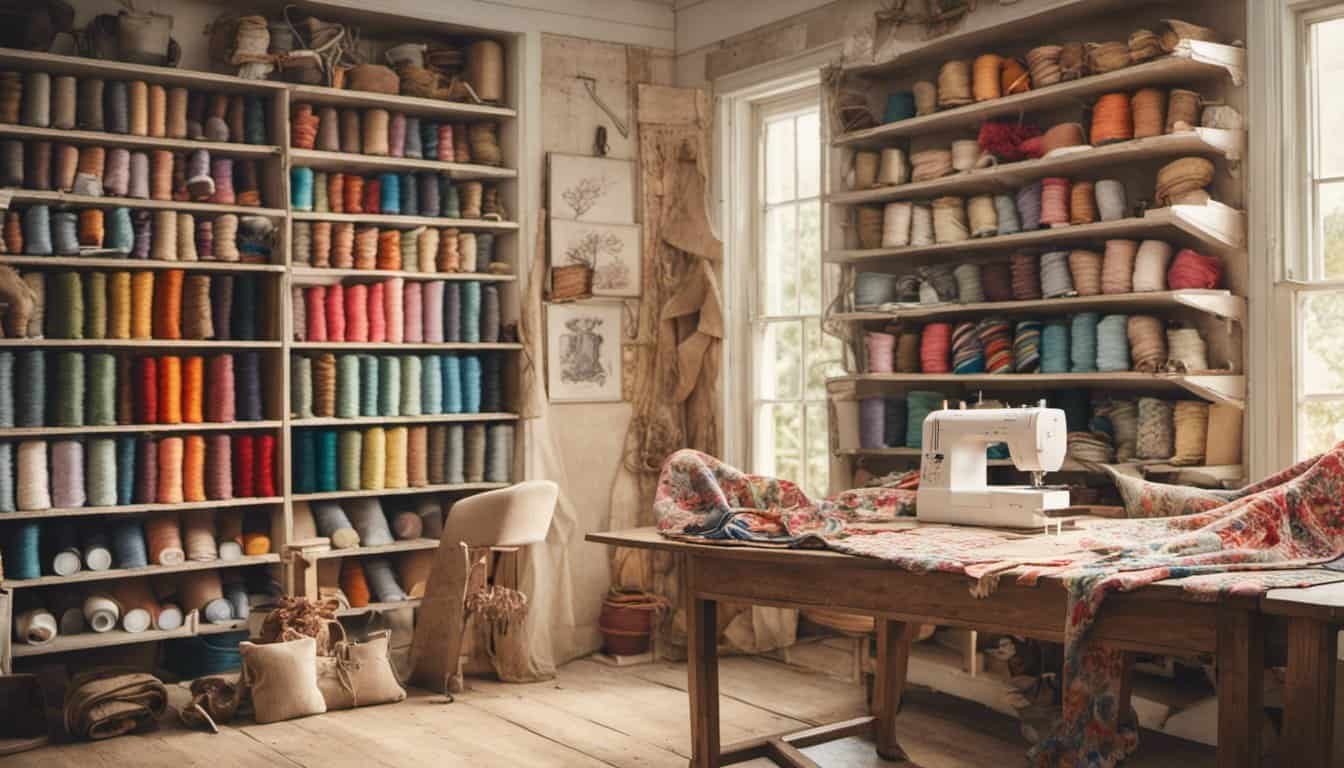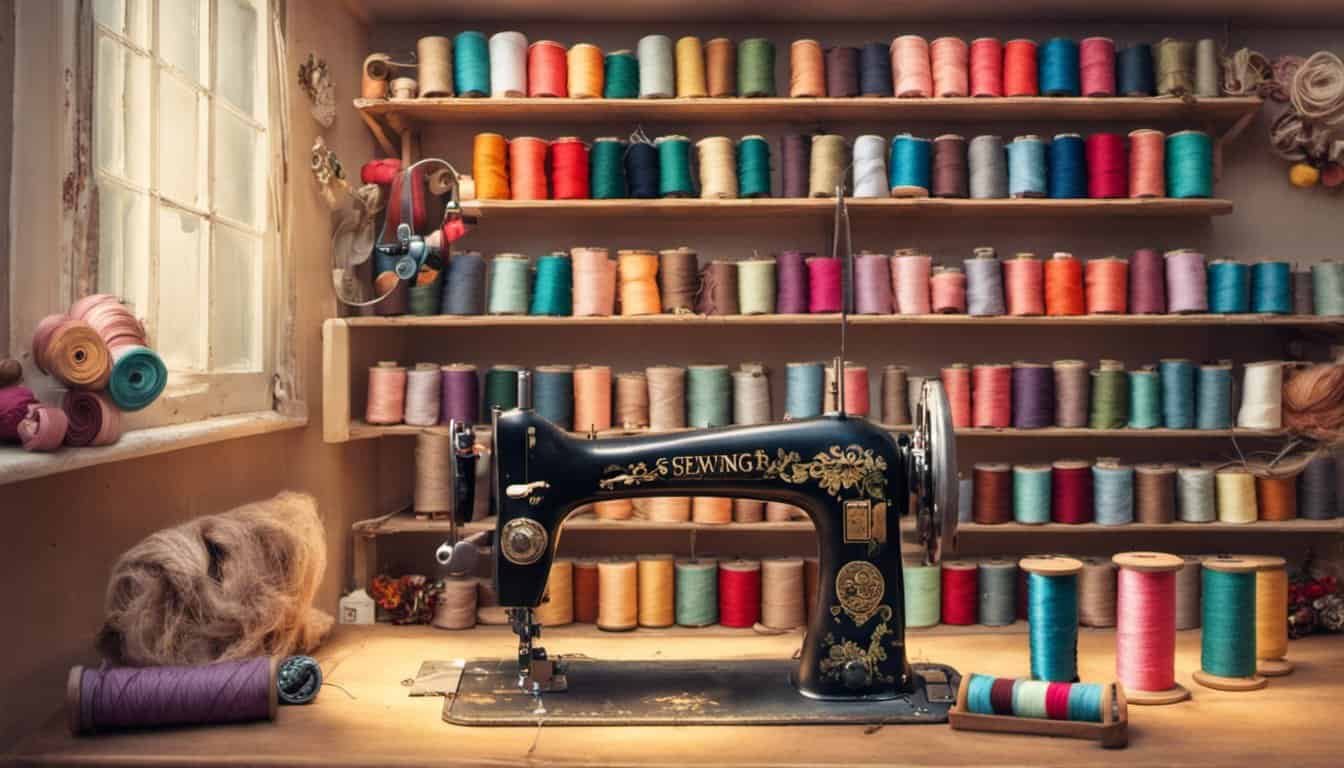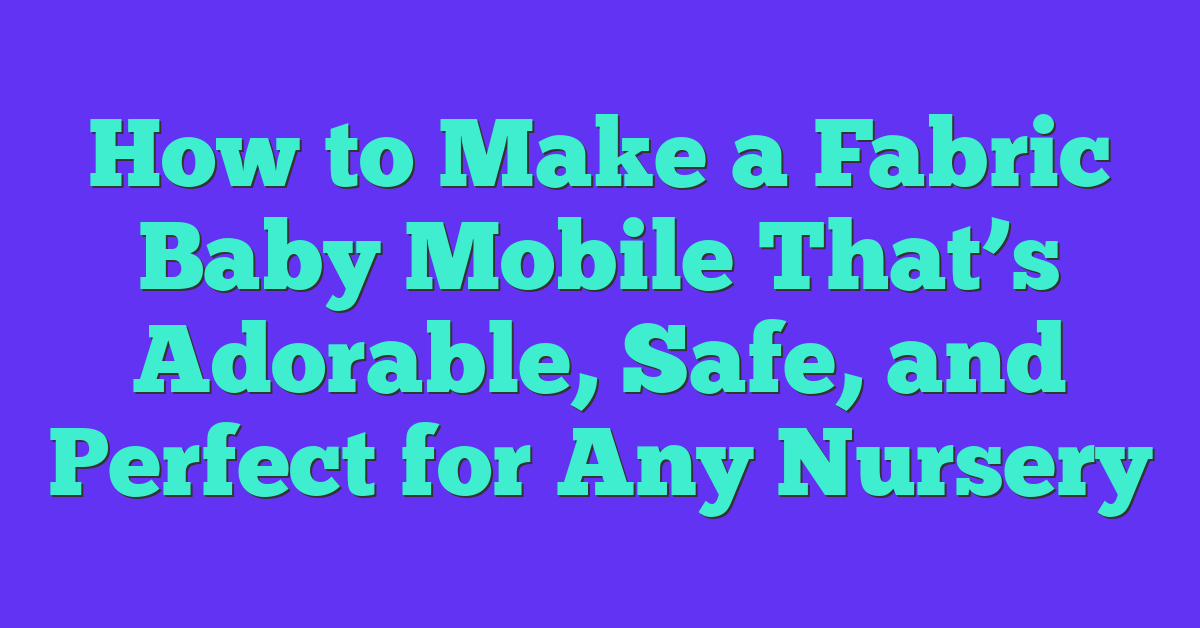There’s something so special about creating something with your own hands, especially when it’s for your little one. A fabric baby mobile is not just a charming addition to a nursery—it’s a personal touch that adds warmth and love to the space. Plus, it’s a fun and creative project that lets you customize colors, patterns, and themes to match your baby’s room perfectly.
Benefits Of Making A Fabric Baby Mobile
Creating a fabric baby mobile offers both practical and emotional advantages. It adds a handmade touch to the nursery and serves as a functional decoration.
- Customization Options
I can design the mobile to fit any theme, using specific colors, patterns, or textures to complement the nursery. For instance, soft pastel fabrics work well for soothing environments, while bold prints add vibrancy.
- Skill Development
Making a baby mobile helps improve sewing, embroidery, and crafting skills. Precision cutting, stitching, and assembling enhance hand-eye coordination and creative techniques.
- Cost Efficiency
I save money by using leftover fabric scraps or repurposing unused materials from previous projects. This reduces waste and provides an eco-friendly, budget-conscious alternative to store-bought options.
- Durability and Safety
Handmade mobiles offer better quality control. Using soft, baby-safe fabrics ensures there are no sharp edges or choking hazards, prioritizing the infant’s safety.
- Emotional Value
A handmade mobile carries sentimental value, reflecting time and effort dedicated to creating a unique keepsake. It transforms into a cherished memory as the child grows.
Materials And Tools Needed
Creating a fabric baby mobile involves selecting the right materials and tools. These choices influence the mobile’s durability, appearance, and safety.
Types Of Fabric To Use
I prefer lightweight, durable fabrics like cotton or felt for this craft. Cotton works well for printed designs and a soft aesthetic, while felt adds structure and holds its shape better. Linen is ideal for a natural, textured look. Avoid heavy fabrics like denim or silk as they can make the mobile too heavy or delicate for daily use.
Essential Tools For The Project
- Fabric scissors: Ensure clean, precise cuts for shapes and patterns.
- Needles and thread: Use a set with fine needles and threads in coordinating colors to secure fabric pieces.
- Sewing machine: Speeds up stitching, though hand-sewing works for small designs.
- Pins and clips: Hold fabric layers together while working.
- Embroidery hoops: Great for shaping and supporting the fabric.
- Stuffing material: Fill shapes with hypoallergenic polyester or cotton stuffing.
- Hot glue gun: Ideal for attaching non-sewn details like embellishments.
- Wooden ring or dowels: Create the mobile’s frame to hang the crafted elements.
- Ruler and fabric chalk: Measure and mark patterns accurately.
All these tools enhance efficiency and deliver a polished, professional result.
Step-By-Step Guide: How To Make A Fabric Baby Mobile
Creating a fabric baby mobile is a rewarding and enjoyable project. Follow these steps to design, cut, assemble, and decorate a mobile tailored to your baby’s nursery.
Designing Your Baby Mobile
Start the design by choosing a theme or color scheme that complements the nursery. Popular ideas include animals, flowers, stars, or geometric shapes. Decide on the number of individual hanging elements, typically five to ten, to ensure balance.
For the mobile frame, select a circular or cross-style layout, using materials like a wooden embroidery hoop or dowels. Sketch your design on paper as a visual guide for the shapes, sizes, and placements of the fabric elements.
Cutting And Preparing The Fabric Pieces
Cut the fabric into your desired shapes, such as stars, clouds, or animals, using sharp fabric scissors for clean edges. Use a stencil or template to maintain consistent shapes if you’re cutting duplicates. Cut two pieces for each shape to create a front and back.

Pair each fabric piece and pin them together with the right sides facing out. Sew along the edges using a basic running stitch or a sewing machine, leaving a small opening for stuffing. Add a small amount of lightweight stuffing for dimension before sewing the opening closed.
Assembling The Mobile
Attach a sturdy thread or string to each fabric piece, knotting securely and trimming excess. Use strings of varying lengths to create a dynamic and visually appealing arrangement.
Tie or glue the strings evenly around your chosen mobile frame, maintaining balance by spacing the pieces symmetrically. Test the mobile by holding it up to ensure it hangs level and adjust string lengths or placements as needed.
Adding Decorative Touches
Enhance the mobile’s charm with additional details. Add hand-stitched embroidery, small felt accents, or fabric paint to personalize each shape. Use lightweight beads or ribbons along the strings for added texture.
Securely attach hanging loops or hooks to the top of the frame for easy installation. Ensure every element is securely fastened to prevent detachment.
Tips For Safety And Durability
« Master Sewing a Nursing Cover: A Practical Guide to Comfort & Style in Easy Steps
How to Make a Fabric Wrist Rest: Easy DIY Project for Comfort & Style in Your Workspace »
Ensuring safety and durability in a fabric baby mobile involves selecting the right materials and construction techniques. I always prioritize these aspects, as they’re essential for a functional and worry-free mobile.
- Use lightweight fabrics
Lightweight options like cotton or felt reduce strain on the frame while maintaining a durable structure. Heavier fabrics can compromise stability.
- Secure stitching
Double-stitch seams on all hanging pieces and reinforce embroidery details. This prevents fraying and ensures parts don’t detach during use.
- Check stuffing materials
Use hypoallergenic stuffing material for soft fabric shapes. Poly-fil or wool works well and minimizes allergy risks.
- Choose sturdy frames
Wooden rings or dowels must be smooth and free of cracks to avoid splinters. Sand rough edges before construction.

- Avoid small, detachable parts
Skip embellishments like loose beads or buttons that could pose choking hazards. Hand-stitching or securely gluing details eliminates risks.
- Balance weight evenly
Distribute the weight of hanging elements evenly to keep the mobile stable and prevent tipping or tangling during movement.
- Test strength of attachments
Gently tug on threads, strings, or glue points to check their durability. A mobile should withstand regular use without components loosening.
- Hang securely
Ensure the mobile is installed at an appropriate height, out of the baby’s reach. Use a strong anchor point to keep it safely in place.
By incorporating these safety measures, I create mobiles that are not only beautiful but also reliable and safe for nurseries.

Creative Variations To Try
Experimenting with different designs and styles can make every fabric baby mobile unique. Here are some creative variations to consider:
- Themed Mobiles
Choose themes like animals, stars, or flowers to align with nursery decor. For example, sew small felt elephants, moons, or daisies and suspend them at varying lengths.
- Color Gradients
Use ombre or rainbow patterns by arranging fabric pieces in gradated shades or multicolored schemes. This adds vibrancy and visual depth.
- Interactive Elements
Incorporate tactile features like textured fabrics or crinkly materials inside shapes to engage a baby’s senses.
- Personalized Designs
Add embroidered initials, names, or meaningful motifs to create a custom mobile. For instance, stitch the baby’s name on felt stars.

- Seasonal Styles
Craft mobiles inspired by seasons or holidays, such as autumn leaves, snowflakes, or spring flowers. Swap these seasonally for a dynamic nursery accent.
- Mixed Materials
Combine fabrics with other elements like wooden beads, yarn pompoms, or macramé details for added visual interest and texture.
- Minimalist Mobiles
Focus on simple shapes, neutral tones, or monochromatic palettes. Create a modern aesthetic with clean lines and subtle designs.
These variations can elevate a basic mobile into a standout piece while keeping it aligned with the nursery’s theme.
Conclusion
Creating a fabric baby mobile is such a rewarding project that combines creativity, love, and practicality. It’s a chance to craft something truly one-of-a-kind that’ll brighten up your baby’s nursery and hold sentimental value for years to come. Plus, the process itself is a fun and fulfilling way to express your personal style while learning new skills.

Whether you stick to a simple design or go all out with intricate details, the beauty of a handmade mobile lies in the care and thought you put into it. It’s more than just a decoration—it’s a heartfelt gesture that brings warmth and personality to your little one’s space. So gather your materials, let your imagination run wild, and enjoy every step of this creative journey!

















